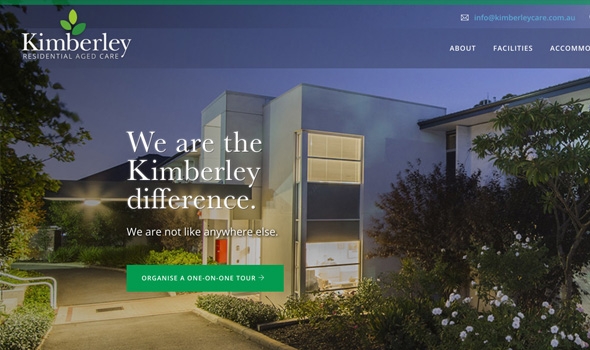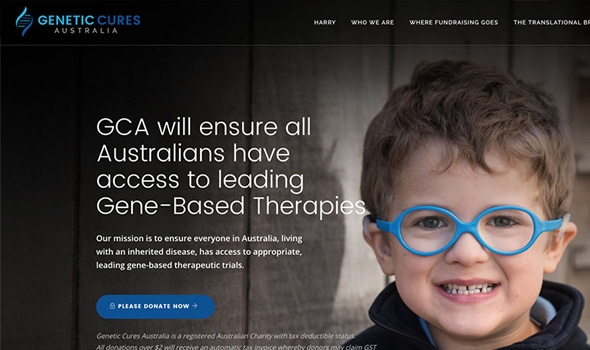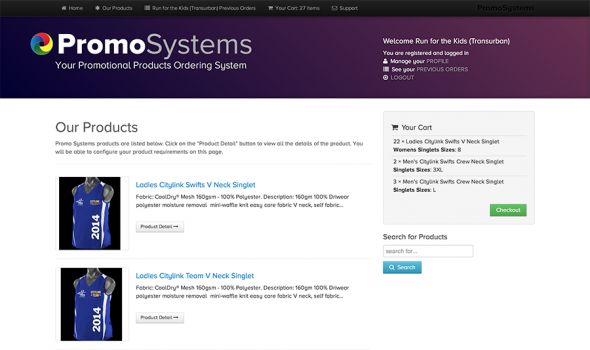
News: Recovering your website
Having a plan in place for handling security incidents is essential to protect your website from malicious attacks
We have used Cloudways (a popular managed hosting platform) for a number of years. Cloudways provide a range of features, including backups and rollbacks, to help protect websites from malicious attacks. Here's an overview of how backups and rollbacks work in Cloudways:
1. Backups: Cloudways provides automated backups for websites hosted on their platform. These backups are taken at regular intervals and are stored securely in offsite locations to ensure data redundancy. In case of a malicious attack, having a recent backup can be crucial to quickly restore your website to a previous state and minimize data loss.
Cloudways allows users to configure the frequency and retention period of backups, so you can customize your backup strategy according to your requirements. You can also create manual backups at any time, for example, before making significant changes to your website or after a suspected attack. It's recommended to regularly check and verify the integrity of your backups to ensure they are reliable and up-to-date.
2. Rollbacks: In case of a malicious attack, if your website is compromised and you suspect that your data or files have been tampered with, you can use the rollback feature in Cloudways to revert your website to a previous backup. Rollbacks allow you to restore your website to a known good state before the attack occurred.
Cloudways provides a user-friendly interface that allows you to easily select a backup from the available backups and initiate a rollback. Depending on the size of your website and the amount of data to be restored, the rollback process may take some time. Once the rollback is complete, your website will be restored to the state of the selected backup, and any changes made after that backup will be lost.
It's important to note that while backups and rollbacks are valuable tools for recovering from a malicious attack, they should not be relied upon as the only security measure. Implementing other security best practices, such as keeping your CMS and plugins up to date, using strong authentication methods, monitoring for security threats, and having a plan in place for handling security incidents, are also essential to protect your website from malicious attacks.
Story Group News
- Craft CMS and caching
- Craft CMS and Algolia Search
- Craft CMS and Cloudflare
- Craft CMS and Google Analytics
- Recovering your website
- Craft CMS plugins
- Securing Craft CMS
- We love Craft Commerce
- Why we choose to use Craft CMS!
- Responsive Emails
- Design = Conversion
- Maton Guitars
- We are all in this together
- Build Once - Deliver Everywhere.
- ExpressionEngine









